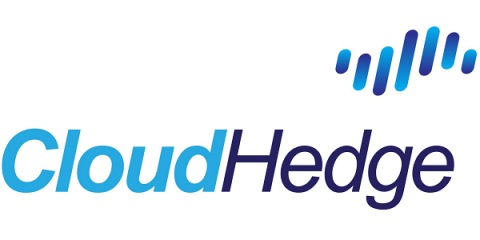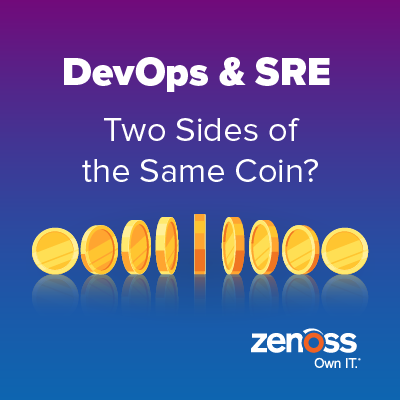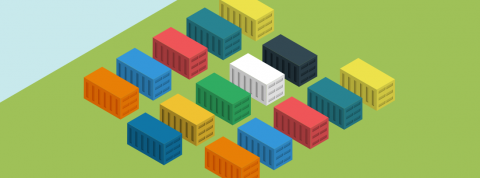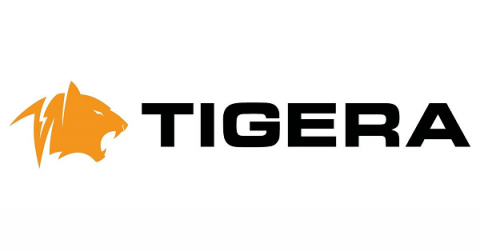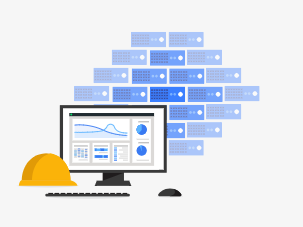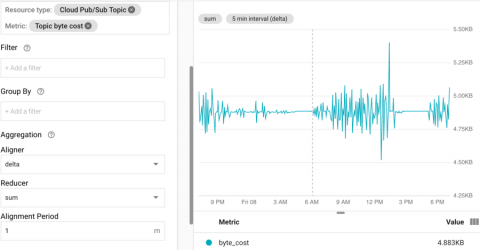Best Practices to Optimize the Cost of Cloud Infrastructure
Being elastic in nature, many of us think migrating to cloud will be a cost-effective solution to host infrastructure. But this is partly true, however, when your hosted infrastructure becomes fat the cost of the cloud increases rapidly. Moreover, managing cloud infra costs becomes difficult because of the growing infrastructure/teams. To curb the increasing costs, here are a few best practices which can be adhered to manage infrastructure efficiently.


